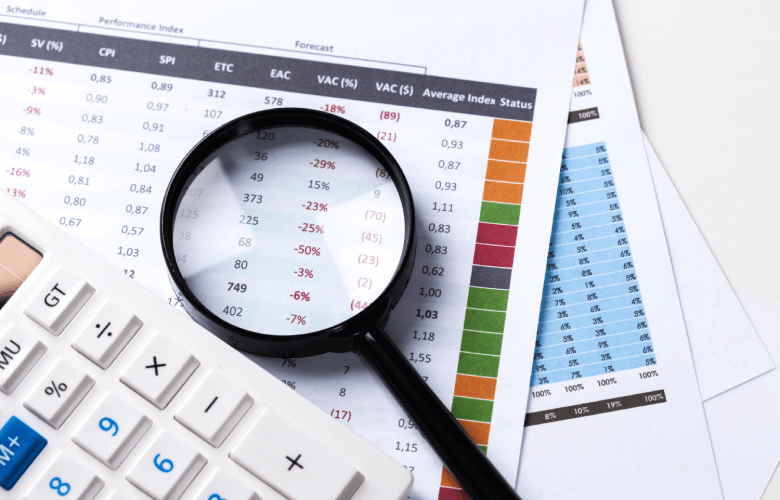
What Is SMETA?
SMETA is not a certification standard itself but a framework for conducting ethical trade audits and assessments of suppliers' social and ethical practices.
SMETA audits assess various aspects of a supplier's operations, including labor rights, health and safety, environmental practices, business ethics, and more.
SMETA audits are often used by companies to evaluate their suppliers' ethical and responsible business practices, especially in global supply chains.
What Is SA8000?
SA8000 is a globally recognized certification standard developed by the nonprofit organization Social Accountability International (SAI). It focuses specifically on labor and social responsibility.
SA8000 sets out requirements for organizations to establish and maintain socially responsible practices in the workplace. It covers areas such as child labor, forced labor, health and safety, freedom of association, discrimination, and working hours.
Organizations that achieve SA8000 certification demonstrate their commitment to upholding the highest standards of labor and social responsibility.

Key Differences Between SMETA and SA8000
|
Aspect |
SMETA |
SA8000 |
|
Type |
Audit framework for ethical trade |
Certification standard for labor and social responsibility |
|
Developed by |
Sedex (Sedex Global) |
Social Accountability International (SAI) |
|
Focus |
Comprehensive ethical trade assessment |
Labor and social responsibility standards |
|
Coverage |
Various aspects including labor rights, health and safety, environmental practices, and business ethics |
Labor-related issues such as child labor, forced labor, health and safety, freedom of association, and discrimination |
|
Certification |
Not a certification standard itself; provides an audit framework |
A certification standard organizations can achieve |
|
Purpose |
Conduct ethical audits of suppliers' practices |
Certify organizations' commitment to socially responsible labor practices |
|
Applicability |
Primarily used by companies to assess suppliers' ethical and responsible business practices, especially in supply chains |
Applicable to organizations seeking certification for labor and social responsibility |
|
Focus on Labor and Social Issues |
Yes |
Yes |
|
Emphasis on Ethical Business Practices |
Yes |
Primarily focused on labor and social issues |
|
Certification Process |
Does not offer certification; assessment results are used for supplier evaluations |
Organizations can achieve SA8000 certification through an audit process |
|
Global Recognition |
Recognized globally for ethical trade assessments |
Globally recognized as a standard for labor and social responsibility |
|
Legal Framework |
Provides a framework for assessing ethical practices but not a legal standard |
Incorporates legal requirements and international labor conventions |
Benefits Of SMETA
Supply Chain Transparency: SMETA helps companies assess and improve the ethical and responsible practices of their suppliers, enhancing transparency in the supply chain.
Supplier Evaluation: It allows organizations to evaluate their suppliers' adherence to ethical and sustainability standards, ensuring compliance with their corporate social responsibility (CSR) goals.
Risk Mitigation: By identifying and addressing ethical and social risks in the supply chain, SMETA helps mitigate potential reputational and operational risks.


Benefits Of SA8000
Labor Rights Protection: SA8000 certification ensures organizations protect and promote labor rights, including fair wages, safe working conditions, and freedom of association.
Enhanced Workplace Conditions: It leads to improved workplace conditions, reducing the risk of workplace accidents and illnesses and creating a safer and healthier environment for employees.
Supply Chain Responsibility: Organizations that achieve SA8000 certification extend their commitment to socially responsible practices to their entire supply chain.
5 Steps to Acquire SMETA
1Join Sedex
Become a member of Sedex, the organization behind SMETA.2Select an Auditor
Choose an approved auditor or audit firm experienced in SMETA.3Conduct On-Site Audit
The auditor assesses your organization's ethical trade practices on-site.4Address Non-Conformities
Take corrective actions to resolve any identified non-conformities.5Submit Audit Results
Submit the final audit report to Sedex, enter data in the Sedex database, and share results with stakeholders as needed.
5 Steps to Acquire SA8000
1Preparation and Commitment
Prepare your organization for SA8000 compliance and secure commitment from top management.2Documentation and Training
Develop policies, procedures, and training programs to align with SA8000 requirements.3Certification Audit
Undergo a Stage 1 readiness assessment and a Stage 2 on-site audit by an accredited certification body.4Corrective Actions
Address any audit findings and non-conformities identified during the certification audit.5Certification Award and Ongoing Compliance
Receive SA8000 certification and maintain compliance through surveillance audits and continuous improvement efforts.


